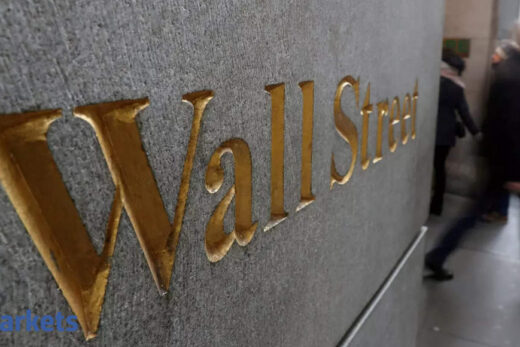Last week, Indian rupee weakened by 47 paise as importers rushed to cover their dollar payables. It opened around the 73 mark, and gradually lost ground against the US dollar to touch a low of 73.87 before bucking the trend on Thursday to end at 73.50. Along with the demand from the importers, short-covering by traders at the key psychological level of 73.00 pulled the local currency lower. The open interest of USD-INR 28 Sept futures contracts has reduced to 16,46,460 contracts on 09 Sept from 20,02,799 on 31 August, according to the data from NSE.
Persistent strength in the US dollar against developed and emerging currencies had also built pressure on the Rupee. The US dollar index which tracks the greenback against a basket of its peers, bounced back from 92.10 to 92.86 before retreating to around 92.64 level on Friday in a week in which the European Central Bank (ECB) decided to slow down its Pandemic Emergency Purchase Programme (PEPP) valued at 1.85 trillion euros while keeping the interest rates unchanged. The 25 member ECB Governing Council took this decision, keeping in mind the decade-high inflation rate and the moderate recovery in growth. Although it provided no numerical guidance for the next quarter, the market’s expectation ranges from net purchases of 60 to 70 billion euros as against the current pace of 80 billion euros a month with flexibility to adjust the amount depending on market conditions.
The rupee is further expected to take benefit of Dollar inflows into the domestic market but they won’t be as strong as seen in the recent past. The cautious tone adopted by FPI due to lofty valuations and an overstretched rally in the global and Indian equity markets which are trading near all times highs also led to the slowdown in dollar inflows to India. Despite reduced inflows into the equity markets, the local debt markets have received a sizeable amount of investment. This might be because of the carry trade play as the investors are raising the money from low-interest rates markets (developed) and investing in the high-interest rates (emerging) markets like India. Incidentally, fund managers are also preparing for a tight credit market in the coming days as the global central banks making ground for bond purchase tapering. FII data also suggests that a large part of recent rupee gains during the last week of August was due to the mammoth of inflows seen in the Indian Debt Market.
 ETMarkets.com
ETMarkets.comDuring the coming week, the inflation and retail sales numbers from the US would be closely watched. The month-on-month inflation numbers from the US has surprised the market participants in 4 out of 5 previous months but the retail sales data missed the expectations in August, which can be largely attributed to the increasing number of delta variant cases. However, the key highlight of the month will be the FOMC meeting scheduled on 21-22 September as the market will be looking for further cues on the timing and quantum of Fed tapering.
Thus, the various factors supporting the rupee can be attributed to the robust inflow pipeline on account of IPOs, strong vaccination drive along with the continuation of the FOMO rally and exporter selling at higher levels. On the other hand, factors such as slowing FPI flows in secondary markets, increasing probability of a third wave and a rally in US treasury yields will work against emerging market currencies like the rupee. Also, the persistent building up of FX reserves by RBI will prevent significant rupee appreciation from the current level. This can also be witnessed by the increase in FX reserves by $8.895 billion during the week ended on 03 Sept 2021 to a record high of $642.45 billion.

As evidenced in the above chart, in the month of September rupee has depreciated thrice in the last 5 years, whereas it has appreciated only twice over the same period. Interestingly, the average rupee depreciation is approximately 1.5% (2017, 2018, and 2020) whereas the average rupee appreciation is relatively lesser at 0.60% (2016, 2019). The way things are stacked up, it shouldn’t be surprising if the rupee ends around 1,5% lower this year too during the month.
For the coming week, a muted start can be expected in USDINR and it is likely to move in the range of 73.30 – 74.20 levels with an upward bias. Last but not least expect the USD-INR pair to embrace more volatility in the days ahead.
(The authors, Ritesh Bhansali and Imran Kazi are both V-Ps in Mecklai Financial. The views are their own)



